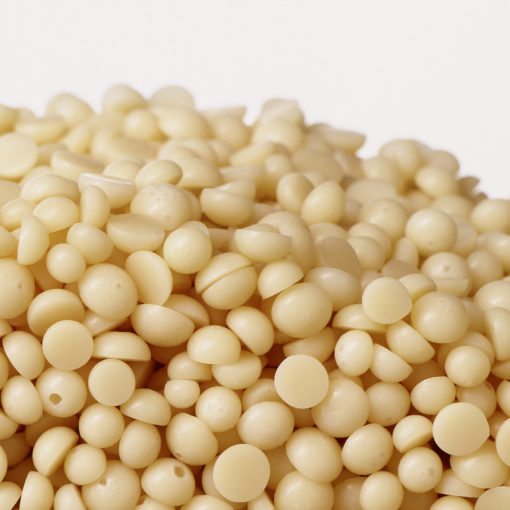Toward Petrochemicals and BeyondOil prices have greatly fluctuated in the past 15 years,1 and with this ebb and flow, so has the production of biofuels. However, biomass has alternative uses in industry, and researchers at the National Science Foundation Engineering Research Center for Biorenewable Chemicals (CBiRC) have created a paradigm to identify value for using biomass in existing and new products.2 The model looks at creating, applying, and commercializing chemicals made from corn stalks, wood chips, and other sources of biomass and was published in Green Chemistry by CBiRC’s Brent Shanks and Peter Keeling,3 who were guest experts at a September 2018 webinar offered by the American Chemical Society.4 The researchers define “Bioprivileged molecules,” from biomass as chemical intermediates that come from biological sources and can be efficiently converted to various products, including new chemicals and drop-in replacements for existing petrochemicals.2,3 “Bioprivileged molecules by their origin from biological-derived molecules and concomitant plethora of functionalities have the potential to greatly expand the bioproduct horizon beyond the scope of petrochemicals,” Shanks and Keeling wrote in their paper.2,3 Shanks is the director of CBiRC, which is based at Iowa State University, an Anson Marston Distinguished Professor in Engineering at the University and the Mike and Jean Steffenson Chair in Chemical and Biological Engineering. Keeling is the industrial collaboration and innovation director for CBiRC.2 “What we’re talking about is novel molecules with new properties,” Keeling said. “These molecules haven’t been thought about because they weren’t possible from petrochemicals. But there could be great value in this novelty.”2 Applications in chemical industryCBiRC researchers learned that a need existed in the consumer products industry for more and better molecules. “Biomass-derived feedstocks hold particular promise for dramatically increasing the pool of possible intermediates because they provide a rich array of chemical complexity,” they wrote in their paper.2 The resulting chemical products could be next-generation pharmaceuticals, nutraceuticals, antimicrobials, insecticides, herbicides, consumer goods and specialty chemicals.2 The Green Chemistry paper cites muconic acid, 5-hydroxymethylfurfural and triacetic acid lactone as examples of bioprivileged molecules,3 and researchers at CBiRC have already produced a biorenewable nylon.2 Moving Molecules ForwardThe paper acknowledges that no direct current strategy has been solidified for the identification and development of bioprivileged molecules, but references several reports that look promising when effectively combined.3 For example:
High-throughput screening and informatics technology for bioengineering, chemical conversions and performance/application testing3Keeling said CBiRC is working to show the way by developing approaches to systematically identify bioprivileged molecules as well as high-throughput strategies that can quickly evaluate thousands of new molecules for applications in various industries.2 |
”These molecules haven’t been thought about because they weren’t possible from petrochemicals. But there could be great value in this novelty.” |
References
- Quick Take: Oil Prices. Available at: https://www.bloomberg.com/quicktake/oil-prices. Accessed September 20, 2018.
- Center for Biorenewable Chemicals introduces idea for new molecules, innovation, value. Available at: https://www.news.iastate.edu/news/2017/08/25/bioprivileged. Accessed September 20, 2018.
- Shanks, BH and Keeling, PL. Bioprivileged molecules: creating value
from biomass. Green Chem, 2017;19:3177–3185. - ACS Webinar: Bioprivileged Molecules: A New Paradigm for Biobased Chemical Development. Thursday, September 13, 2018.




